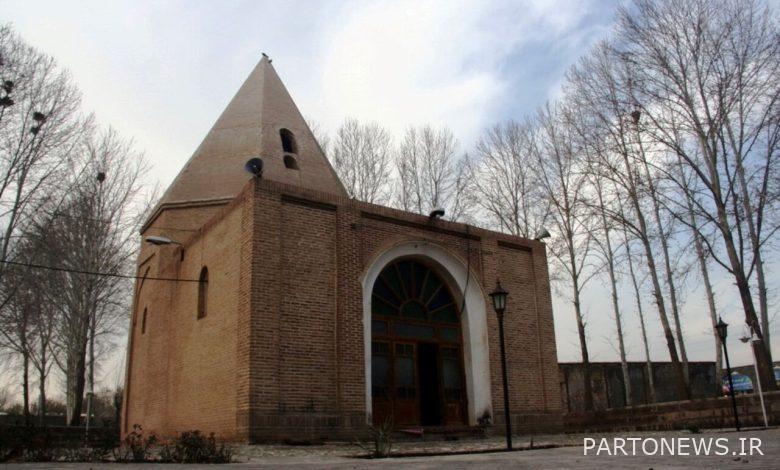Passing history in the tourist destination village of Yousef Reza Pishva

At a distance of three kilometers north of the Varamin belt – Pishva and the historic castle of Iraj, the largest brick castle in the world and on the road called Jamalabad, the village of the tourist destination. یوسف رضا It is one of the functions of Pishva city.
According to IRNA, Yusuf Reza is one of the oldest villages in Pishva, named after the great mystic of the second half of the third century, Yusuf Ibn Hussein Ibn Zayn al-Abedin, known as Yusuf Reza, and the tomb built on the tomb of this mystic, a symbol of Islamic architecture This honorable place has become one of the most important historical and tourist areas of the city.
The great antiquity of this historical village can be traced to the historical tombstones of the dead buried in the courtyard of the tomb of Yousef Reza; Stones that, due to negligence, some of them are missing and others are crushed and destroyed, and no one knows their fate.

Khajeh Abdullah Ansari says about this great mystic: “In the year 291 AH, Ibrahim Khawas; Has washed and buried him “; Therefore, he was alive at the end of the third century AH.
Attar Neyshabouri also says about Yusuf ibn Hussein Razi in Tazkerat al-Awliya: the devotee of Hazrat Daim, the authority of the province, the “guardian of the light”, the hidden sun, the darkness of the water of life, the king Bazkunin, the pole of Yusuf ibn al-Hussein, and the elders He was one of the founders of the saints of the world and was proficient in all kinds of external and internal sciences, and language.
Attar Neyshabouri continues: In expressing knowledge and secrets, he was old Rey and had seen many elders and sheikhs and talked to Abu Turab and was one of the companions of Abu Sa’id Kharaz and was a follower of Zulnoon Egyptian and had lived a long life and was constantly serious at work. He has finished and he has been in Ayati and he was a writer himself and he had mathematics and virtues and he had a strong step in rebuke and he had a great effort. “
It is said that the old name of this village, most of whose inhabitants are engaged in agriculture, animal husbandry and poultry farming, was “Hesar Niaz”, but after the burial of Yousef Reza, this village was changed to the name of this great mystic.

Tomb of Yousef Reza
The exterior of the tomb of this mystic is made of brick and turquoise and its dome is built in the form of an octagonal cone that the eastern side can be accessed through a window to the space between the two domes.
This dome is like the dome of Seyyed Alaeddin Razi (the tomb tower of Ala Al-Dawlah) which is located in the center of Varamin city and at the top of the door, there is an azure design with natural colors.
The interior facade on different sides and the dome has plaster decorations and the tomb platform is decorated with turquoise, azure and white tiles and is behind the monastery design.
The bed inside the shrine is unique in terms of color combination, decoration, beauty and elegance, and stars are embedded in it.
The height of the dome from the floor of the shrine is about 11 meters and the surface inside the shrine and the dome is completely whitewashed and there is no exact date about the date of construction of this tomb, but it is likely to have been built in the 7th century AH.

The courtyard of Yousef Reza building is used to bury the dead in the village of Gheshlagh Yousefreza and several surrounding villages, and the stone date of some tombs dates back to about 200 years ago, and even on some stones there are traces of objects such as combs and some other carved objects; Stones that are very few today and are often destroyed due to neglect.
Near this shrine was an old tree that the locals believed would cure the disease if children with pertussis and some other diseases walked around the tree.

In the middle of the courtyard is a pond with wells on all four sides and the porch of the mausoleum with an area of about 36 square meters with a double arch and a double dome, brick and conical.
In June of 1997, the custodians of this historical tomb, with the aim of constructing a nave, started construction in the area of this shrine, but this operation was stopped following the media.
Pishva, with a population of more than 80,000, is located 45 km southeast of Tehran.

